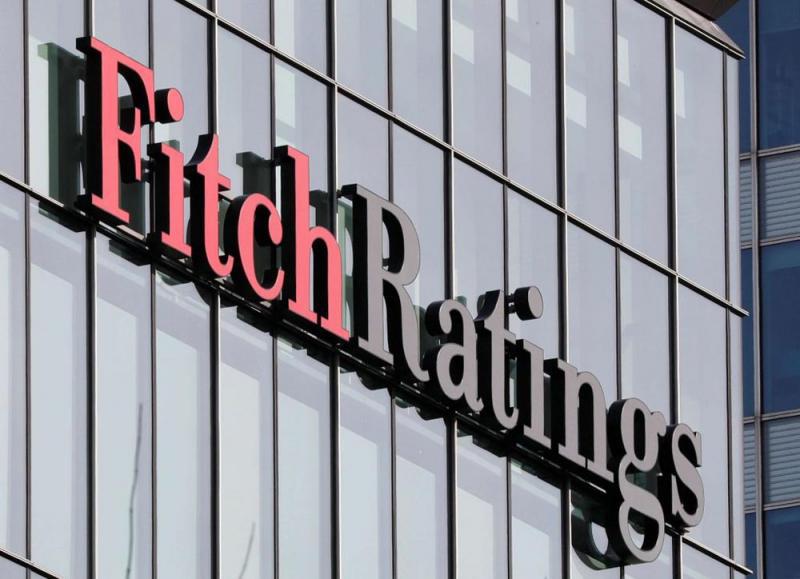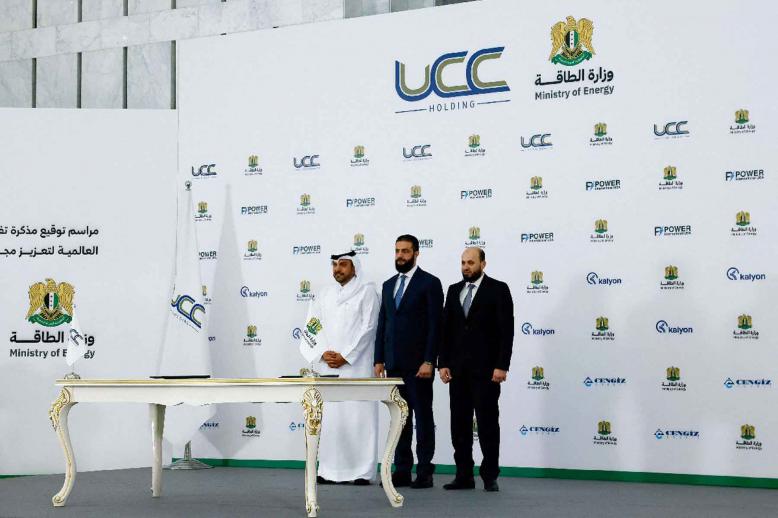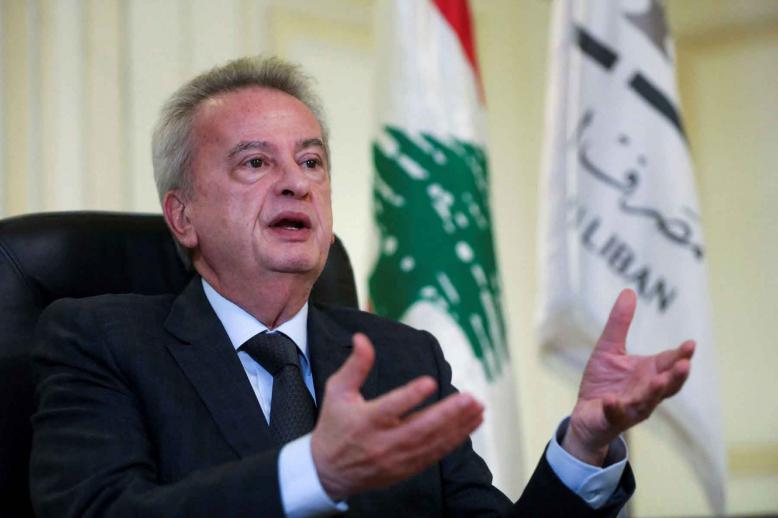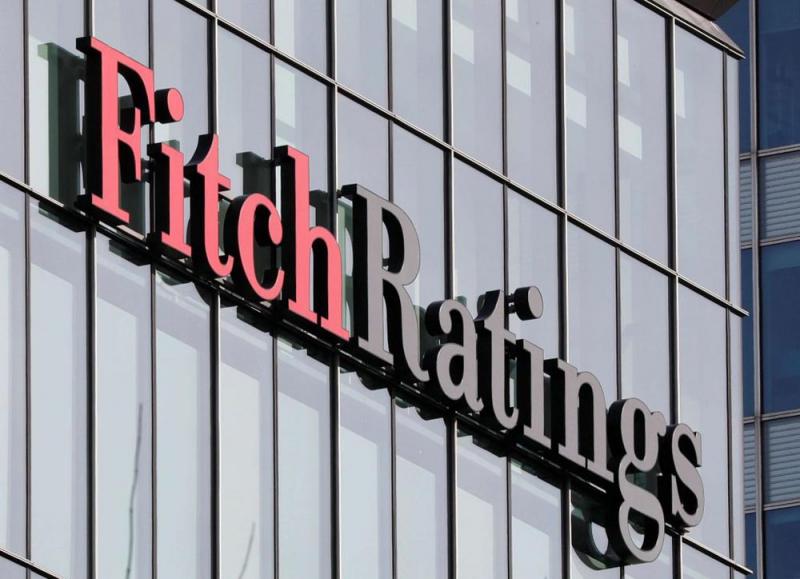Rating agencies take closer look at Saudi banks
The recent collapse in crude prices driven by a sharp coronavirus-led drop in global oil demand has prompted major credit rating agencies to take a closer look at Saudi Arabia’s banks.
That renewed attention may have been an added incentive for the kingdom to offer up a $32 billion stimulus package last month aimed, in part, at helping Saudi banks maintain smooth operations during a period of enhanced economic turbulence. Riyadh is hoping that the groundbreaking agreement reached between OPEC and independent producers to withdraw as much as 15 million barrels a day from the oil market will prompt an oil price recovery, but that process will be slow going and the output reductions may not be enough to accommodate for the slackened demand.
Credit rating agencies are warning that the economic fallout from the coronavirus pandemic and depressed oil prices will severely hamper the operating environments of Gulf Cooperation Council (GCC) banks, most likely leading to rating downgrades. According to Mohamed Damak, research director at credit rating agency Standard & Poor’s: “The knock-on effects of lower economic growth and oil prices will further slow lending growth and increase the overall stock of problem assets at GCC banks.”
Given that Saudi Arabia is the GCC’s largest economy, credit rating agencies are reassessing the kingdom’s bank ratings as Riyadh begins making budget cuts and upping domestic and foreign borrowing to meet what is likely to be an even higher than anticipated budget deficit this year.
Fitch Ratings, one of the top three global credit rating agencies, has placed the viability rating (VR) of ten top Saudi banks on Rating Watch Negative (RWN). The agency made the move after oil prices fell sharply in mid-March and the Saudi government implemented interest rate cuts in line with the US Federal Reserve’s emergency rate cut in early March. Fitch also placed four of those Saudi banks’ Issuer Default Ratings (IDRs) on RWN.
Fitch Ratings’ VR is the agency’s perception of the intrinsic creditworthiness of a bank, representing the bank’s capacity to maintain ongoing operations and avoid failure. The RWN indicates a heightened probability for a potential downgrade in ratings. Fitch uses the IDR as a measure of the bank’s credit risk.
The ten Saudi banks facing potential VR downgrades by Fitch are: National Commercial Bank (NCB), Saudi British Bank (SABB), Samba Financial Group, Al Rajhi Banking & Investment Corporation, Arab National Bank, Bank AlJazira, Banque Saudi Fransi, Riyad Bank, Saudi Investment Bank and Alinma Bank. The rating agency put the A- long-term IDRs of NCB, SABB, Al Rajhi and Samba on RNW, as well as the F-1 short-term IDRs of NCB, Al Rajhi and Samba.
Fitch stated that the RWNs on the ten Saudi banks’ VRs “reflected heightened risks of unexpected severe and prolonged deterioration in the domestic operating environment for Saudi banks…” The agency expressed concern that “Saudi banks are exposed to tightening liquidity if the government withdraws deposits from the banking system to fund the fiscal deficit.”
The agency said it would resolve the Saudi banks’ RWN status within the next six months. In September, Fitch downgraded Saudi Arabia’s sovereign rating to A from A+ following the missile and drone attacks on Saudi state energy giant Saudi Aramco that temporarily halved the company’s oil production.
The agency subsequently downgradedthe support ratings of a number of Saudi banks, saying: “The actions reflect the agency’s views that Saudi banks’ support ratings and support rating floors are sensitive to changes in Saudi Arabia’s sovereign rating.”
The Saudi government had initially forecast the state budget deficit to widen to around $50 billion in 2020, or 6.5% of GDP, but on March 20 Saudi Finance Minister Mohammed al-Jadaan said: “I don’t expect the deficit by the end of 2020 to exceed 7% to 9%, and this is our target.” Some industry estimates suggest that if international oil prices average only $30 a barrel this year, that deficit could expand to approximately $170 billion, or 22.1% of GDP.
The Saudi government introduced two economic stimulus packages worth $32 billion in response to the kingdom’s financial downturn. As much as $11.5 billion of that stimulus funding is directed at Saudi banks and financial institutions for deferred payments from small and medium-sized Saudi businesses for six months and to support those banks and institutions in maintaining their operations and helping foster the Gulf country’s economic growth.
Saudi Arabia also announced it was cutting approximately $13 billion in government spending this year. Jadaan said that Riyadh has a contingency plan and the flexibility of spending cuts, borrowing and tapping into financial reserves to intervene should the kingdom’s economic conditions require.
The Saudi finance minister stated that King Salman bin Abdulaziz Al Saud approved raising the kingdom’s debt ceiling to 50% of GDP from 30% but that the government didn’t expect its borrowing to surpass $27 billion in 2020.
Despite the gloomy bank forecast, the rating agencies appear more bullish on other aspects of the kingdom’s fiscal capabilities. Fitch set the kingdom’s long-term credit rating at A with a stable outlook, citing Riyadh’s financial strength buffered by high foreign reserves and low public debt ratio. Moody’s updated its credit rating for the kingdom at A1 with a stable outlook, citing the Gulf country’s strength as a low-cost oil producer with significant reserves.
Jareer Elass is a Washington-based energy analyst, with 25 years of industry experience and a particular focus on the Arabian Gulf producers and OPEC.
This article was originally published in The Arab Weekly.







